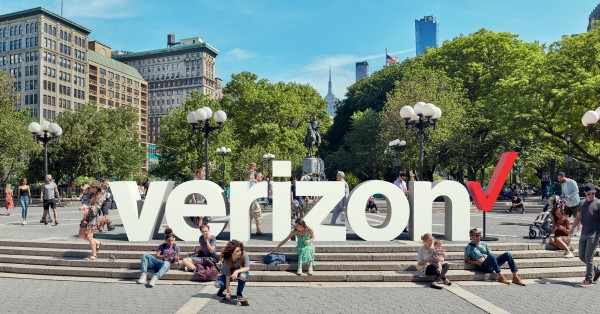Airtel and Jio to offer network slicing services in the near future
Bharti Airtel and Reliance Jio, two of the top telecom operators in India, who have already rolled out 5G networks, will be able to offer 5G network slicing services in the foreseeable future. The government has said that it has no problems with the network slicing at all. But there’s a catch with Airtel’s 5G network, though. While LTE and 5G NSA (non-standalone) networks can enable network slicing, for it to work really well, a 5G core is required, which Jio will be deploying. For the unaware, Jio is deploying 5G SA (standalone) networks, and Airtel is deploying 5G NSA networks. 5G SA can enable more use cases than 5G NSA.
The Department of Telecommunications (DoT) doesn’t have a problem with network slicing. Along with the DoT, even the Telecom Regulatory Authority of India (TRAI) is comfortable with network slicing. Neither of the major industry bodies believes that network slicing would violate net neutrality rules, reports ET Telecom.
But the report also mentions that there will be necessary changes made in licensing rules for allowing network slicing. Jio and Airtel both will eye a bigger chunk of the enterprise services revenues with the rollout of 5G. Network slicing would play a major role for the telcos in establishing captive private networks for their customers/clients.
The DoT has had discussions internally about the matter, the report suggests. After the internal discussions, the body is of the view that operators are not going to throttle speeds for other customers to slice the network. Thus, the net neutrality rules won’t be violated. According to the net neutrality rules, the operators must give customers the same kind of treatment and equal access to their network if they have paid for the services. Network slicing would become a common use case of 5G SA networks for Jio in the future, with different enterprises needing captive private networks for specialized needs.




























